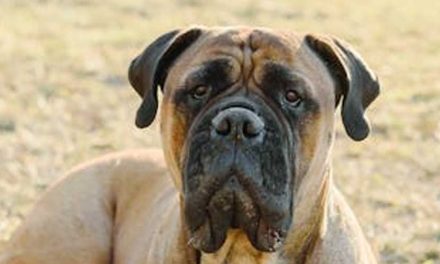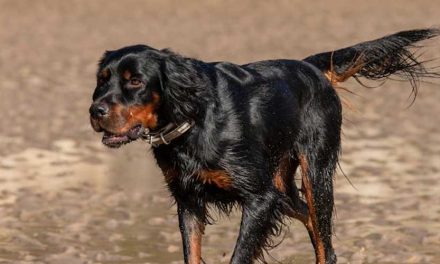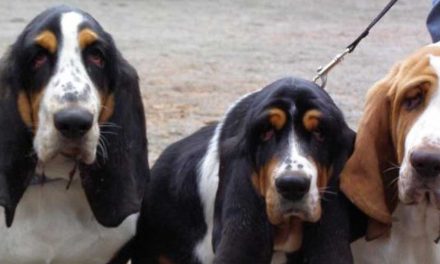The Shetland Sheepdog, commonly known as the Sheltie, is a small to medium-sized herding dog that has captured the hearts of dog lovers around the world.
Renowned for its intelligence, loyalty, and versatility, the Sheltie is both a beloved family pet and a dedicated working dog.
Here’s a closer look at this remarkable breed.
Origins and History
The Shetland Sheepdog hails from the Shetland Islands, located between Scotland and Norway.
This breed was initially developed in the late 19th century as a herding dog that could manage sheep and other livestock in the challenging terrain of the islands.
With their small size and agility, they excelled at navigating the rugged landscape while keeping flocks in check.
The breed is believed to be derived from a mix of small Collies, as well as possibly other breeds like the Icelandic Sheepdog and the King Charles Spaniel.
The Sheltie was first recognized by the American Kennel Club (AKC) in 1911, and it has since gained popularity not just as a working dog, but also as a loyal companion.
Physical Characteristics
The Shetland Sheepdog is characterized by its elegant and refined appearance.
Typically standing between 13 to 16 inches tall at the shoulder, Shelties have a well-proportioned, athletic build.
Their double coat consists of a soft, dense undercoat and a longer, harsh outer coat, which provides insulation and protection from the elements.
The breed comes in various colors, including sable and white, black and white, and blue merle.
Many Shelties also have distinct markings and patterns, lending to their unique charm.
Their expressive, dark eyes and alert ears contribute to their intelligent and spirited demeanor.
Temperament and Personality
Shelties are known for their friendly and affectionate nature.
They form strong bonds with their families and are often protective of their loved ones, making them excellent watchdogs.
Despite their small size, they have a bold personality and are not afraid to voice their opinions, which can sometimes lead to excessive barking if not properly managed.
Intelligent and eager to please, Shetland Sheepdogs are highly trainable and excel in obedience training.
They enjoy engaging in various activities, including agility, herding trials, and obedience competitions.
Their intelligence also means they need mental stimulation and physical exercise to prevent boredom and destructive behavior.
Care and Grooming
Shelties require regular grooming to maintain their beautiful coats.
Their double coat should be brushed several times a week to remove loose hair and prevent matting, especially during shedding seasons.
Bathing should be done as necessary but not too frequently, as this can strip their coat of essential oils.
In addition to grooming, regular exercise is vital for a Sheltie’s health and happiness.
Daily walks, playtime, and mentally stimulating activities will keep them fit and satisfied.
They are generally good with children and other pets, making them adaptable family members.
Health Considerations
Like all breeds, Shetland Sheepdogs can be prone to certain health issues.
Common concerns include hip dysplasia, progressive retinal atrophy (PRA), and certain genetic conditions.
Regular veterinary check-ups and responsible breeding practices can help mitigate these risks.
Conclusion
The Shetland Sheepdog is a breed that offers a perfect blend of intelligence, loyalty, and versatility.
Whether working alongside farmers or snuggling on the couch with their families, Shelties are cherished companions.
Their charming personalities, combined with their gentle nature, make them an excellent choice for families, singles, and active individuals alike.
For those considering adding a Sheltie to their lives, be prepared for a dedicated and loving companion that will bring joy for many years to come.












